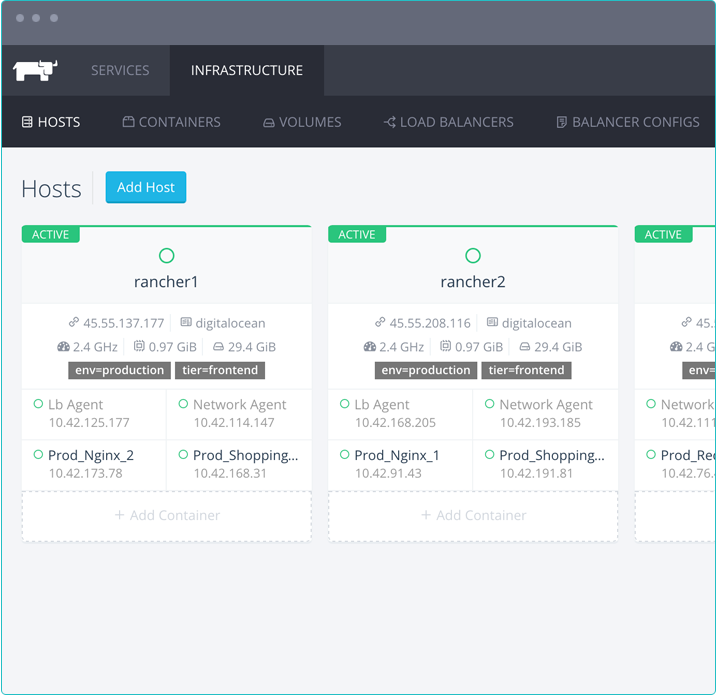Scheduling Docker containers on a cluster
Docker makes it incredibly easy to run a variety of processes on a cluster of machines. Rancher offers container orchestration on top of Docker. Rancher allows you to manage a cluster of Docker-enabled machines. We use Rancher extensively at Octoperf to run JMeter containers on machines all over the world. We quickly faced an issue with Rancher here: container scheduling.

rancher-infrastructure
When you have a single machine running your docker container, everything is simple. You can run containers until the machines resources (CPU, RAM) are depleted. When you start working with 2+ nodes, you start to ask yourself new questions:
- What is the optimal way to run containers on a cluster of machines?
- How do I maximize resources utilization?

